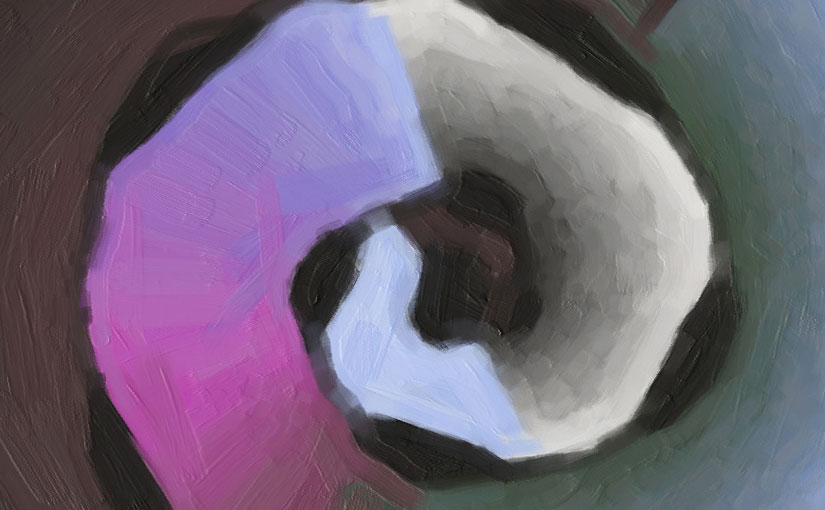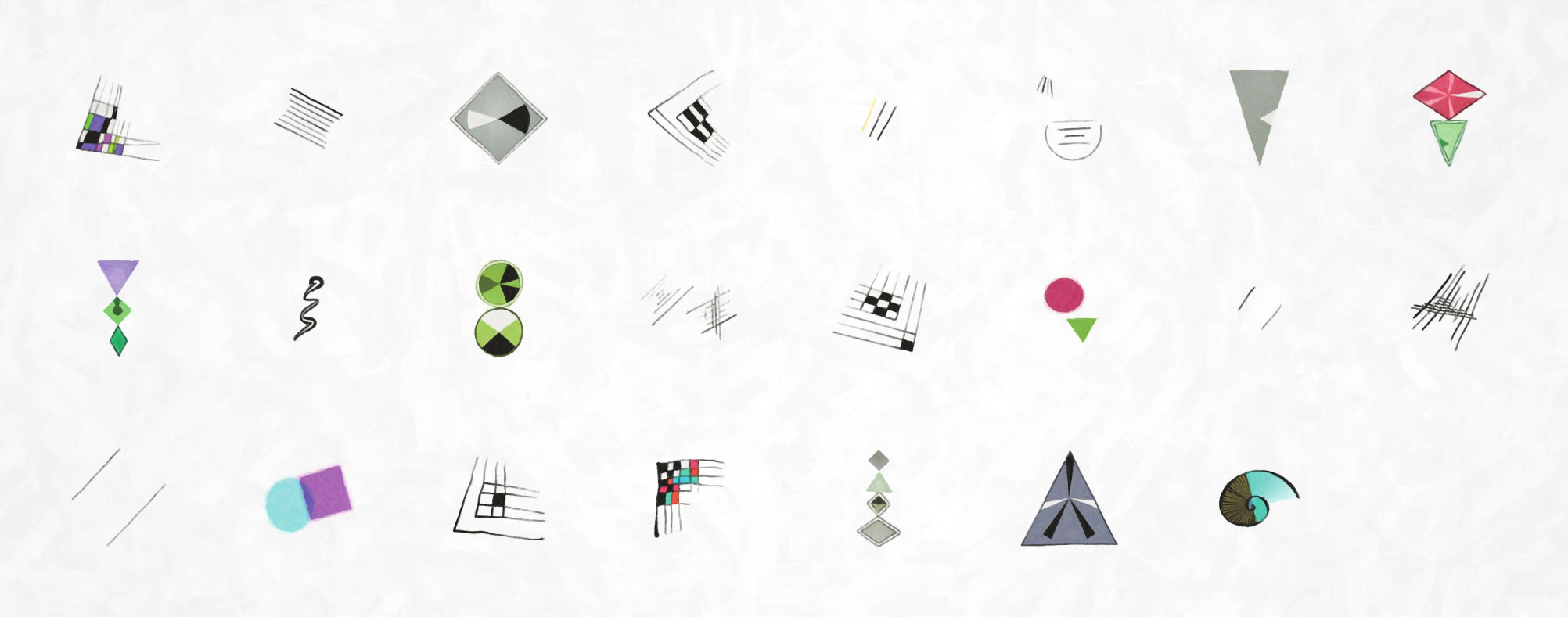Or, “unit testing of UI code is overrated”
This article is about how to make UI code reliable. By reliable I mean free from bugs. This implies that the software must also be maintainable, which is to say that you can easily add new features without also adding new bugs. By UI code I mean code that accepts input from users and displays results. In a modern JavaScript-powered web application, a lot of business logic is moved into the browser. For example, an online chess game may have a virtual opponent that can play against you, choosing the best move to make on each turn. Silly as it may sound to refer to chess as business, the code for this virtual opponent is “business logic” rather than UI, and you should probably unit test the shit out of it. UI code covers things like providing feedback as a player drags their chess piece across the board.
There’s something of a testing religion in software development. Mostly this is a Good Thing – unit tests are probably the most important tool for building reliable software. In this article I argue that in the context of UI development, there are better techniques for achieving reliability.
Continue reading Strategies for building reliable user interfaces



